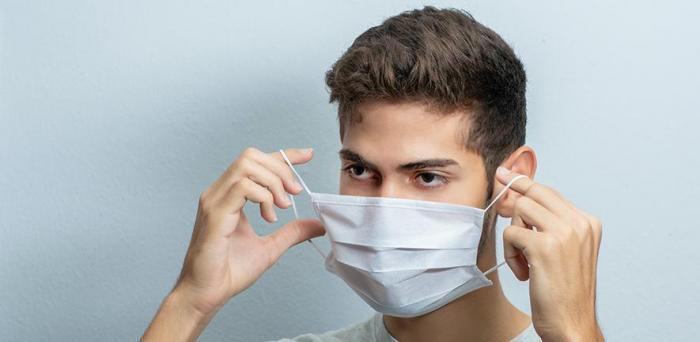The model, developed by scientists at the Universities of Cambridge and Liverpool, is published in the Journal of the Royal Society Interface. It uses mathematical equations to provide general insights about how COVID-19 will spread under different potential control scenarios.
Control measures involving facemasks, handwashing and short-scale (1-2 metre) social distancing can all limit the number of virus particles being spread between people. These are termed ‘non spatial’ measures to distinguish them from a second category of ‘spatial’ control measures that include lockdown and travel restrictions, which reduce how far virus particles can spread. The new model compares the efficacy of different combinations of measures in controlling the spread of COVID-19, and shows how non-spatial control needs to be ramped up as lockdown is lifted.
“More effective use of control measures like facemasks and handwashing would help us to stop the pandemic faster, or to get better results in halting transmission through the vaccination programme. This also means we could avoid another potential lockdown,” said Dr Yevhen Suprunenko, a Research Associate in the University of Cambridge’s Department of Plant Sciences and first author of the paper. The authors stress that their predictions rely on such non-spatial control measures being implemented effectively.
The model also considered the socio-economic impact of both types of measure, and how this changes during the pandemic. The socio-economic consequences of spatial measures such as lockdown have increased over time, while the cost of non-spatial control measures has decreased -for example, facemasks have become more widely available and people have become used to wearing them.
Image: Man putting on a facemask
Credit: Kobby Mendez on Unsplash
Reproduced courtesy of the University of Cambridge
